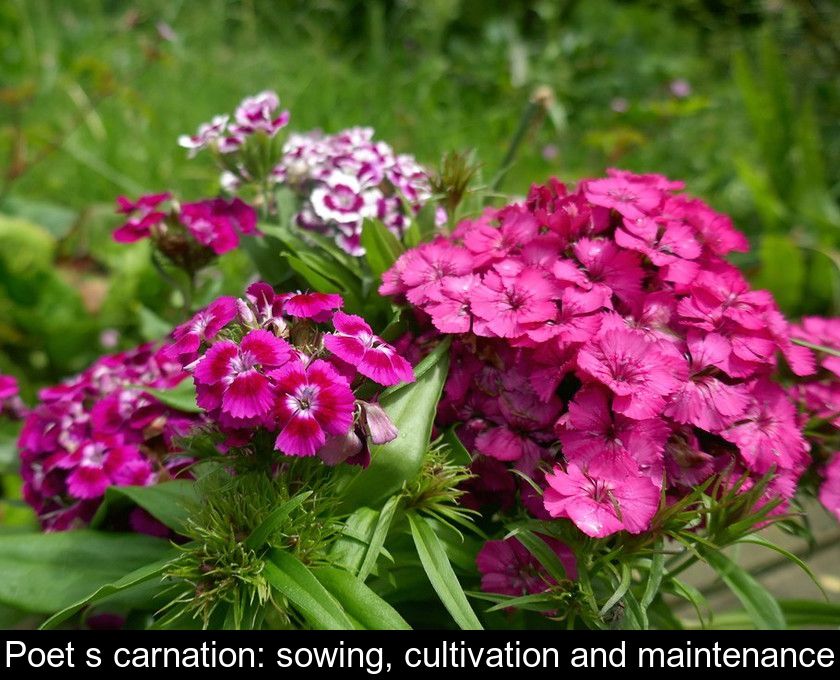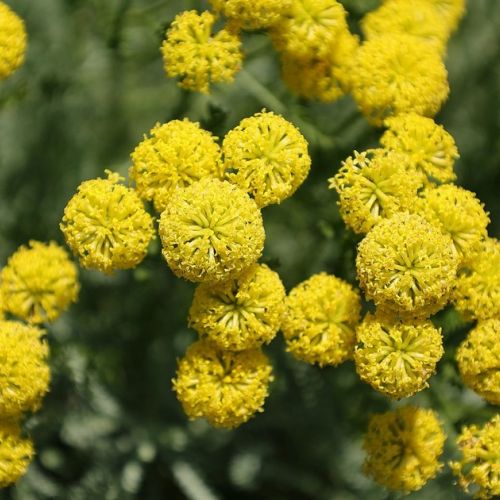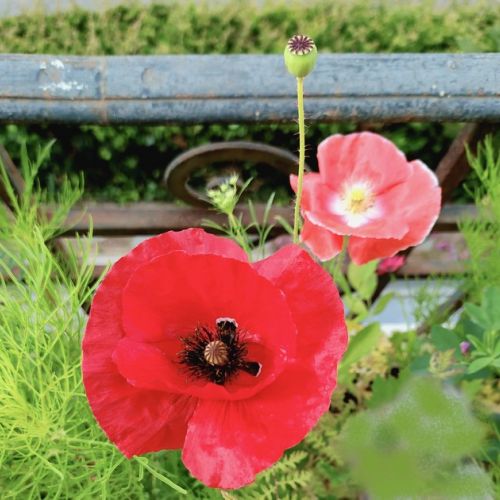Poet's Carnation: Sowing, Cultivation And Maintenance
With their varied patterns and colors, poet's carnations look great in a window box, in flower beds or even in the vegetable garden. This herbaceous evergreen plant also has the advantage of being easy to grow. If you are still hesitating to put some in your garden, we explain how to sow, water and maintain the poet's carnation.
When to sow the poet's carnations?
It is recommended that poet carnations be sown in late spring, in May or June, and transplanted into place in the fall to enjoy beautiful blooms the following year.
The Poet's carnation or Dianthus barbatus blooms from May through August. This colorfully named plant will give you large, ball-shaped inflorescences that look like round bunches.
The flowers, often bicolored, decline a whole pallet of colors (white, pink, mauve, red, purple...). They can be simple or double according to varieties, and the height of the plant can go from 20 to 60 cm.
Regardless of the variety chosen, the flowers usually have beautiful patterns as they can be striated, variegated or target.
If you already have these lovely flowers in your garden, note that you can collect the seeds in the plant's capsules or propagate them by cuttings in summer (July-August).
Which land and which exhibition to offer them?
Poet's carnation is an easygoing herbaceous plant. Its cultivation is most simple as it is content with an ordinary, well-drained soil.
You can place it in a variety of locations in your garden as it accepts sun to part-shade exposure.
In fact, it is possible to find varieties and cultivars in garden centers that are suitable for all situations. Some varieties are dwarf and others taller and there are very hardy ones like Dianthus barbatus 'Vorlaufer'...
What watering and maintenance?
The maintenance of the poet's carnation is without difficulty. Simply water without excess in dry weather and cut off spent flowers to stimulate flowering.
If you live in an area with mild winters, such as a Mediterranean or oceanic climate, this plant can be grown as a perennial.
To keep it alive for several years, it is recommended to cut the stems back by a third at the beginning of winter and mulch the plant at the base if a few frosts are to be feared.
What is the problem?
If your poet's carnation is not blooming or not blooming much, you can add flowering plant fertilizer to the watering water or make a compost addition in the spring to stimulate bloom.
If your poet carnations seem unwell, be aware that these pretty flowers are susceptible to several pests and diseases such as rust, botrytis, thrips, aphids and carnation fly.
Keep an eye out for disease at the first sign of it so you can treat it quickly.
What is the origin of its name?
The origin of the name poet's carnation is not known. Perhaps this flower has inspired many poets because of its beauty and its incredible colors...
Its Latin name Dianthus barbatus means 'bearded carnation'. But it is also called the flower of the gods because the term Dianthus is formed from the Greek words Dios (Zeus) and anthos (flower).
This nickname may seem grandiloquent for such a small flower, but it is well deserved as these carnations bring beauty and poetry to gardens. Finally, note that they can make very pretty bouquets that last more than a week.








